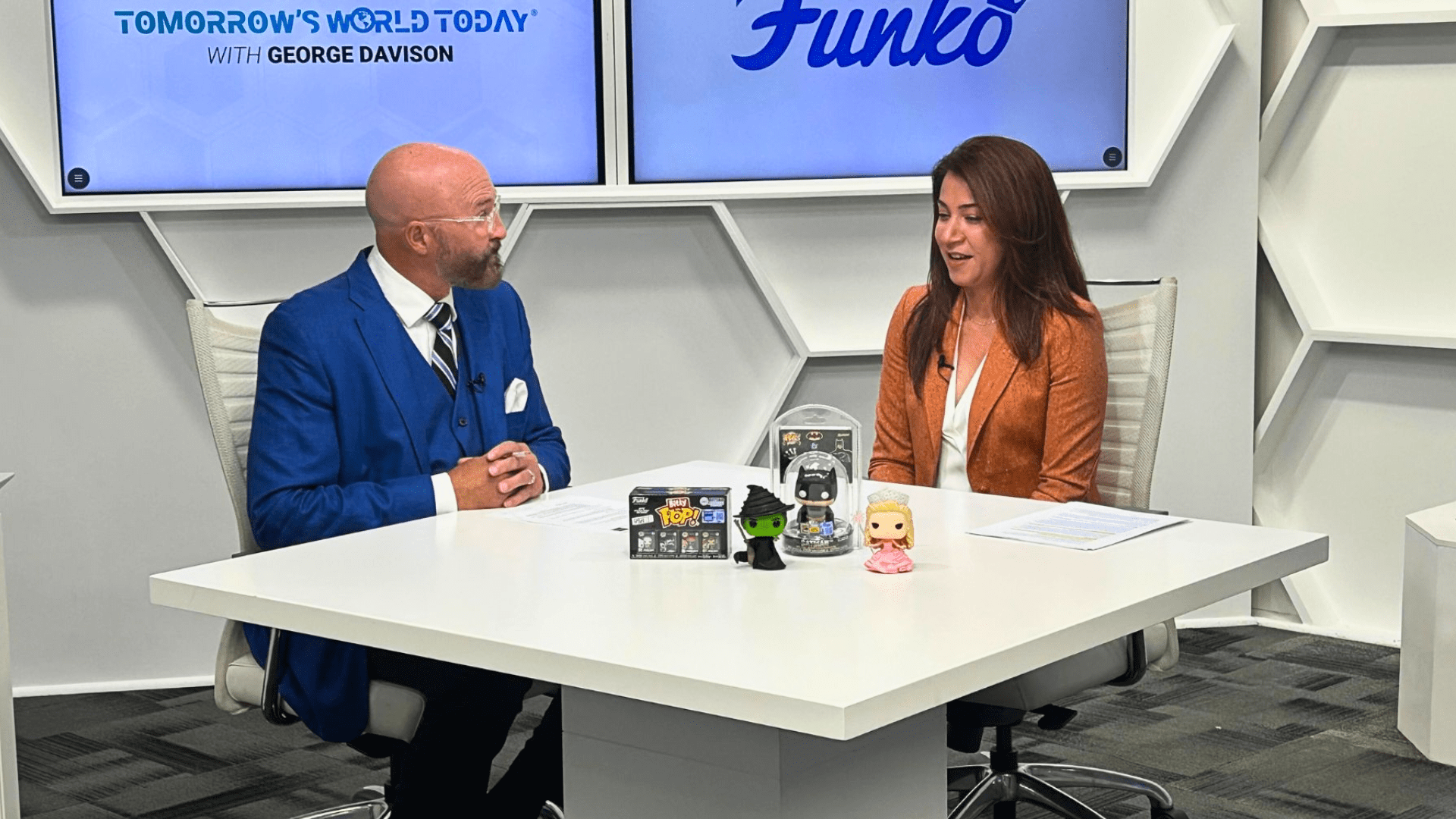Funko has sold more than one billion Pop! figures worldwide—an achievement that’s more than a sales milestone. It’s proof that pop culture collectibles can be scaled globally, personalized locally, and still retain the spark that makes fans collect in the first place.
In a conversation with Husnal Shah, Chief Product Officer at Funko, she shared how the company grew from an early Disney store sellout into a global licensing powerhouse with about 900 licenses spanning anime, music, movies, gaming, and sports.
The throughline is clear: a recognizable design combined with a process that keeps culture at the center. Fans see themselves in the silhouette and in the stories behind each figure. That emotional recognition turns curiosity into collections.

Designing for Fandom
At the core of Funko is its “incubation lab,” where teams brainstorm ideas, track cultural trendlines, and stress-test concepts with real-time inputs from sales, licensing, and marketing. Ideas only advance when they pass what the company calls the three Cs: Culture, Creativity, and Commerce. If a figure resonates with fandom, captures a distinctive story, and shows sustainable demand, it moves into design, sampling, 3D printing, and production.
This blend of intuition and data ensures that Funko delivers collectibles that feel fresh and iconic while reducing misses.
Personalization and “POP! Yourself”
One of Funko’s most successful innovations has been POP! Yourself, which lets fans design figures in their own likeness. This personalization option has become popular for birthdays, graduations, weddings, and holidays. More than a novelty, it reflects a broader cultural shift: fans increasingly want to co-create rather than just consume.
Looking forward, personalization is expected to expand into augmented reality try-ons, interactive unboxings, and digital collectibles. Rather than replacing the physical product, these features elevate the ritual of discovery and display.
Building Scale Without Losing Culture
Funko has diversified its sourcing and supply chain across multiple Asian countries, a move that reduces risk from geopolitical or pandemic-related disruptions. This operational resilience allows the company to align product launches with cultural moments—whether it’s a film premiere, a game release, or a viral meme.
Expansion is accelerating globally as well. New Funko retail stores in the Philippines and other regions are serving as hubs for local community, drop events, and exclusive releases. Each store mirrors the fandoms that dominate locally, reinforcing the idea that global pop culture is really many local cultures in chorus.
Teams Built by Fans
A key to Funko’s authenticity is how its teams are organized. Instead of simply dividing by function, groups are built around fandoms. The artist shaping an anime figure is often an anime fan; the merchandiser or developer working on a gaming line usually lives in that world. That domain fluency makes decisions faster and more authentic, ensuring that every detail, from a character’s pose to the right prop, feels true to the fandom.
The Future of Collectibles
Funko’s billion-unit milestone highlights how collectibles can evolve into personalized, digital, and global experiences without losing their emotional core.
From anime figures to custom POP! Yourself creations, the company continues to prove that collectibles can be both artful and accessible, speaking to fans across generations with speed, creativity, and cultural relevance.
This blog post was generated using Buzzsprout’s CoHost AI tool and is based directly on content from the associated podcast interview. This article has been reviewed and edited by Tomorrow’s World Today staff.







